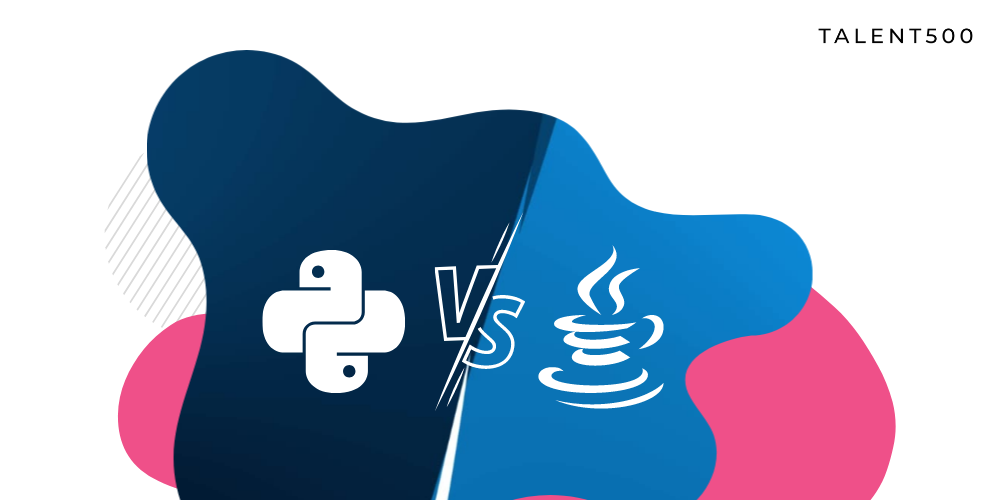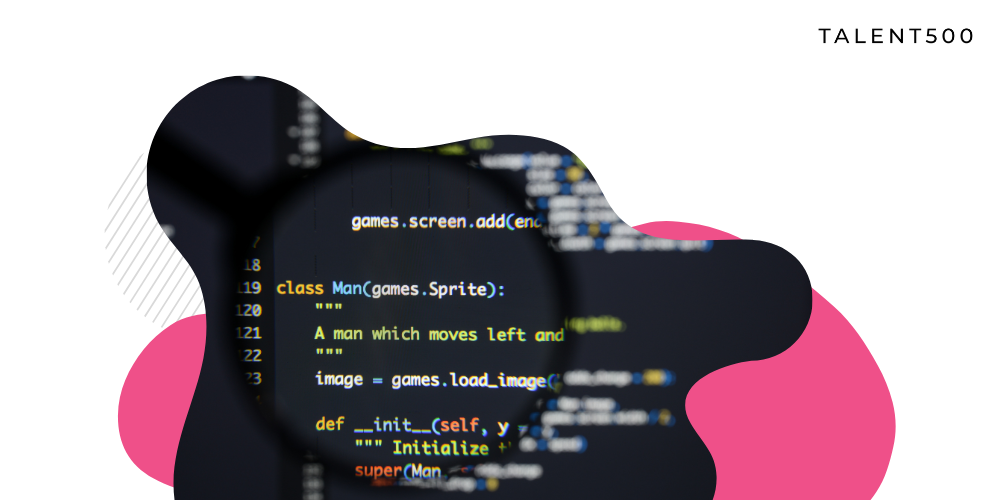Programming is the pinnacle of technology, and every company invests in software solutions. There has been no better time to become a developer, but which programming language to choose? Java and Python are popular programming languages with a wide range of applications. While Java is the faster language between the two, it can be challenging to learn for a beginner. Python’s simple learning advantage is shadowed by its slow performance.
Each programming language is well-established, platform-independent, and has a large supportive community. However, the similarities end here, and each language has its different use. This article covers the Python versus Java differences in detail. Let’s take a closer look at each language’s pros, cons, and scope.
Java: Introduction
Java has been around since 1995 and is one of the most popular programming languages for enterprise software development. As a general-purpose, object-oriented programming language, Java is compiled, unlike Python, which is why it’s faster.
Java code gets directly converted into machine code without needing a compiler, making it quick and efficient. It also gives better control over hardware aspects like CPU usage. For years, Java has been widely used for big data, web development, and android app development, but now it is also gaining traction in the cloud and the Internet of Things development. NASA, Google, and Facebook are some companies that build their products using Java.
Python: Introduction
Guido van Rossum created Python in 1991. His focus was on creating a more readable programming language. This simplicity of learning is one of the driving forces behind the popularity of Python. Due to its more concise syntax, it is easier to code and test programs in Python than in Java. It supports a variety of programming styles giving developers the freedom to follow their own choice. This is why Python is suitable not only for object-oriented programming but also for reflective and functional programming.
Python is highly popular among backend and app developers and is the preferred choice for data science and machine learning applications. The availability of extensive libraries like Scikit-learn and Pandas is why it is used in some of the most significant applications such as Google Search and YouTube.
Key Differences between Java and Python
1. Speed
Speed and efficiency are the two biggest reasons to use Java for application development. As many of the processes of Java run automatically, you don’t have to micromanage how everything works. It is a high-level language and uses automatic memory allocation.
Because of its dynamically typed and interpreted nature, Python executes the code line by line, making it slow. The extra work this programming language does when running code makes it less suitable for applications requiring speed and performance.
2. Versatility
It is challenging to match Python’s versatility for Java. Java indeed finds more adoption for enterprise application development, but Python offers so much flexibility that it encourages open experimentation. Programmers love Python because it allows them the freedom to build more versatile applications. Python is the most suitable language for you if you want to do many things without worrying about speed. According to Computer Weekly, “Although there might be a better solution for any given problem, Python will always get the job done well.”
3. Syntax
Java is a strictly typed language. Developers have to explicitly declare variable types, which is not easy for beginners. The statically typed nature of Java makes it difficult to learn. Here is an example of Java code syntax:
public class Fruit {
String name;
String color;
public Fruit(String name, String color){
this.color=color;
this.name=name;
}
public void myfunction()
{
System.out.println(“Hello I’m a :” +name);
}
public void mycolor()
{
System.out.println(“Hello my color is:” + color);
}
On the other hand, Python is a dynamically typed language that does not require explicitly declaring variables. The variables are interpreted at the run time. This freedom makes Python syntax more like the English language. Here is the example of Python syntax for the same class we defined above in Java:
class Fruit:
def_init_(mysillyobject, name, color);
mysillyobject.name=name
mysillyobject.color=color
def myfunction(abc) :
print(“hello I’m a “+ abc.name)
def mycolor(abc) :
print(“hello my Color is ” + abc.color)
p1 = Fruit (“Apple”, “red”)
p1.myfunction()
Conclusion
Java and Python are capable and popular programming languages. Whichever programming language you choose, there are enough tools and community support available to help you along your journey.
As a beginner, your focus should be on learning and building things as soon as possible. For this, Python is the most suitable programming language because of its easy-to-follow syntax and availability of extensive libraries. However, if your end goal is to build enterprise-level applications, Java offers scalability, security, and speed.
Are you a Python or Java developer looking for career-redefining job opportunities? Talent500 is a remote team-building platform for start-ups and Fortune 500 companies. Join our elite pool of talent and get discovered by the best employers. Sign up here.







